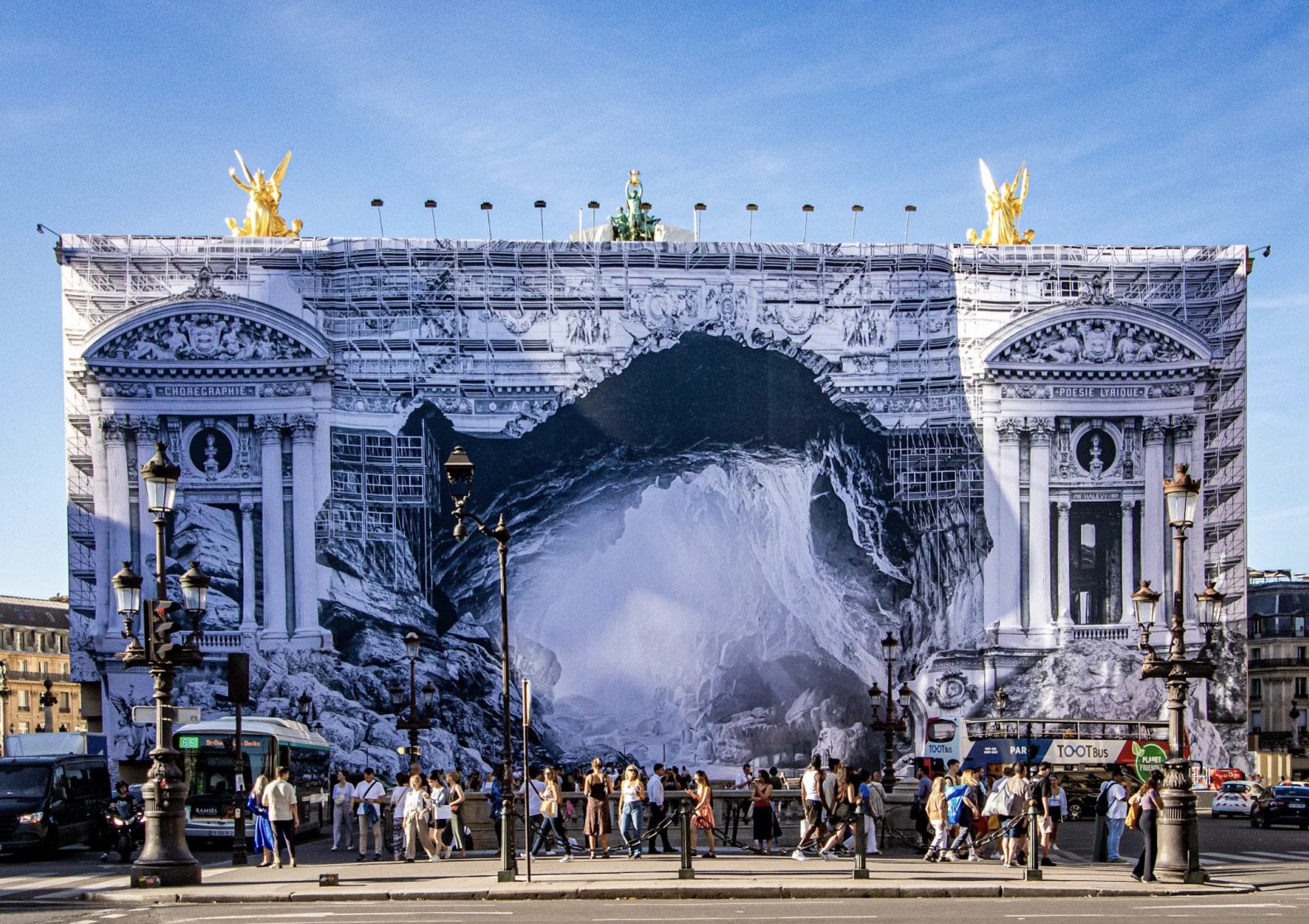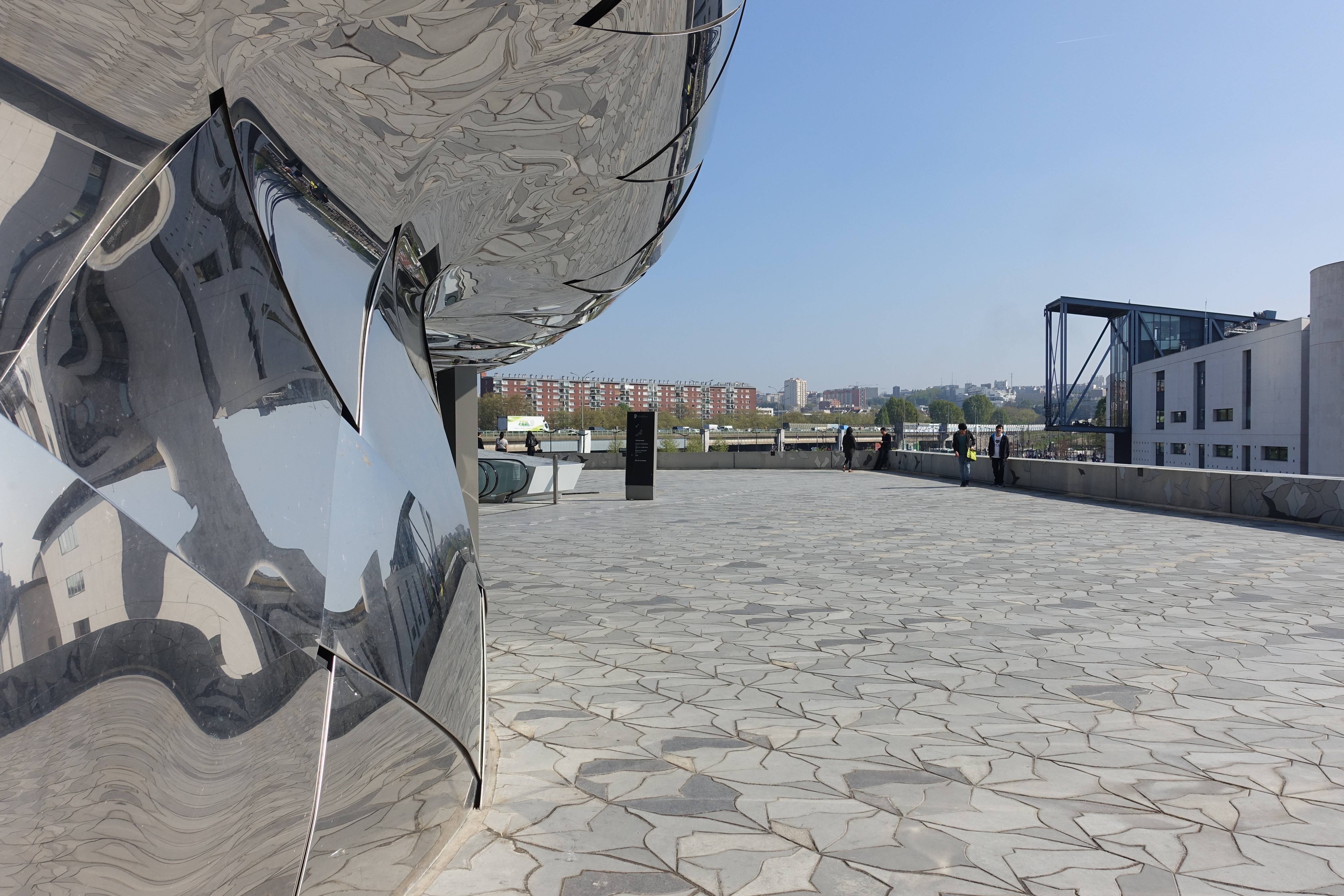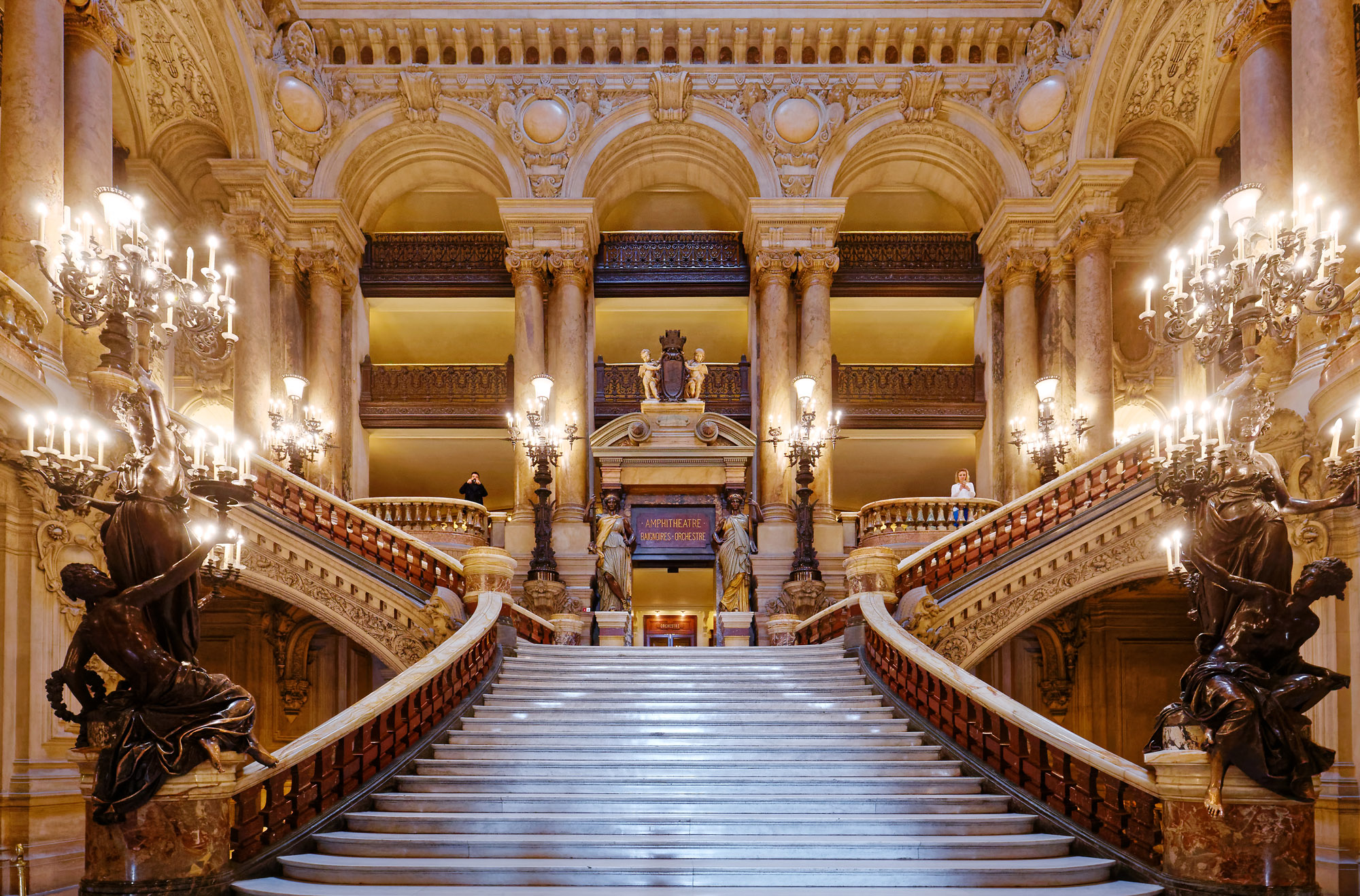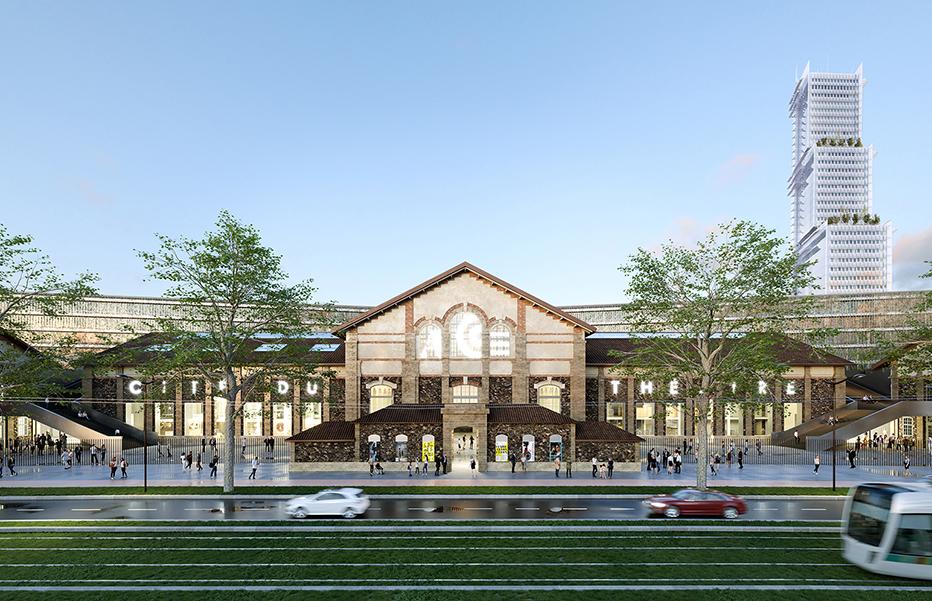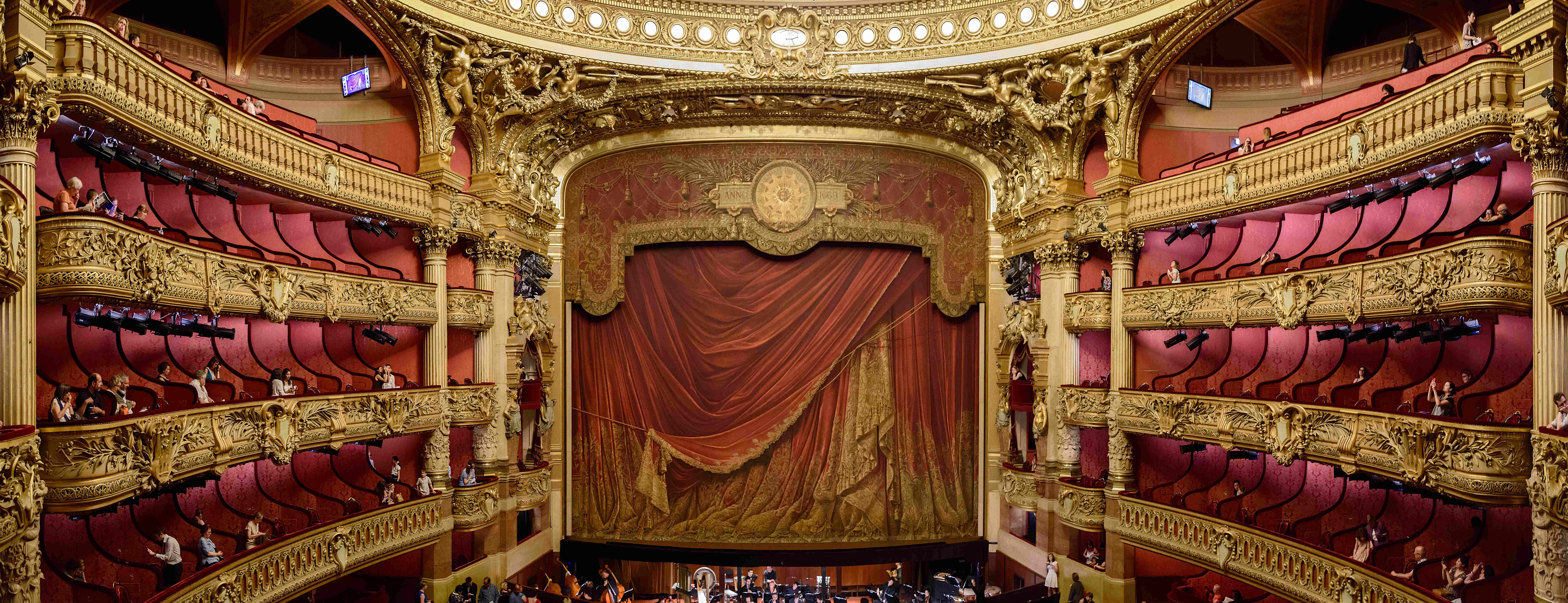
|
|
|
General Information > PresentationFollowing two successful annual summer school events with the general title CITY & ARCHITECTURE (2022 Paris Transformations I: Architectural, Urban, Metropolitan and 2023_Paris Tranformations II: Landscape, Gardens, Urban Parks), we are pleased to announce the third event in the series for the year 2024, entitled Paris _ Transformations III: Places of spectacle. Performing arts, as expressed in theatre, opera, dance, and music, have been central to the cultural landscape of the city of Paris for centuries and continue to thrive today. Prominent figures in power and politics have sought to associate their names with the arts and the construction of notable buildings for spectacles, with many architects achieving fame through these endeavours (Charles Garnier, Auguste Perret, Christian De Portzamparc, Jean Nouvel, Renzo Piano, Nieto Sobajano, etc.). Among the most significant historical monuments in the city are buildings dedicated to the performing arts, with the Opéra Garnier being the most famous. This monumental 19th-century structure dominates the urban fabric and holds a central place in its layout, symbolising the city’s commitment to lyrical art.
Performance spaces, by definition, are linked to the concept of transformation as they are essential for creating the required stage illusion through scenography. They also respond to evolving needs and possibilities for creating ephemeral leisure and entertainment spaces, primarily through digital technologies. This makes them an excellent topic to explore, especially in Paris, where the presence of performance spaces is rich, diverse, and highly interesting. In recent years, changing scenic requirements, driven mainly by the desire to democratize art, the evolving use of space, the growing experimental nature of performances, and the exploitation of rapid technological advancements, have rendered the old historical venues (such as Comédie Française, Théâtre national de l'Odéon, Le Conservatoire national d'Art dramatique, etc.) inadequate to meet emerging demands.
The solutions proposed are often grandiose, reflecting France’s commitment to strengthening culture and the arts. The monumental halls of the 19th century are being replaced by famous "Cities" (Cités) dedicated to music, dance, and theatre. Examples include Cité de la Musique (arch. Christian de Portzamparc) with the adjacent Philarmonie de Paris (arch. Jean Nouvel), a newly built complex in the Villette area that significantly impacts urban development. Additionally, the Centre national de la Dance (arch. Antoinette Robain & Claire Guieyesse) in the Pantin neighborhood, and the Cité du Théâtre in Clichy - Batignolles (Arc. Nieto Sobejano et Martin & Trottin) are also noteworthy. The Cité du Théâtre, currently under construction, represents a complex transformation of existing buildings. These are essentially giant compounds that house performance venues, rehearsal spaces, teaching areas, set and costume construction and storage facilities, libraries, archives, restaurants, and large open spaces. Thesehighly complex configurations serve the performing arts and aim to to attract a broader and more diverse audience transcending age and background. The practice of repurposing existing architectural structures has also been successfully applied at La Cartouchérie in Vincennes Park. A group of pioneering theatre artists, including Arianne Mnoushkine - Théâtre du soleil, and Carolyn Carson (contemporary dance), have transformed these old military installations into spaces for experimental performing arts. The result is an innovative ensemble dedicated to redefining the relationship between art and life. The renowned theatre director Peter Brook has taken a a similar approach by converting a 19th-century theatre space, the famous Théâtre des Bouffes du Nord, which now hosts theatre, music, and opera performances. Renowned figure Ariane Mnouchkine supports another alternative theatre scene, the Lavoir Moderne, where an old 19th-century laundry was converted into a theatre in 1986. This experimental stage primarily caters to young creators and is in the Goutte d'Or, known for its significant African community. La Gare Jazz is dedicated to jazz and occupies a space formerly used as a train station (La Gare du Pont de Flandre at Petite Ceinture near Parc de La Villette) La Gare/Le Gore|VisitParisRegion hosts major international jazz artists and features a spacious garden that enhances its appeal as an outdoor entertainment venue.
A group of 19th-century buildings, once municipal workshops dedicated to funeral rituals, has been transformed into a space for free artistic expression known as Le Centquatre Paris - 104 (arch. Jacques Pajot - Atélier Novembre). This space places equal importance on the artistic expression of both adults and children. Similarly, the Le Sample complex in Bobigny is dedicated to the performing arts after the conversion of the Publison à Bagnolet. The case of MC 93 Bobigny is similar. Both spaces focus on contemporary contemporary creation and encompass performance areas, classes, artist residencies, workshops, and digital spaces, utilizing cutting-edge technology. An essential space of architectural transformations includes space for cinema. Examples include the conversion of the Théâtre des Gobelins (with a façade designed by the sculptor Auguste Rodin) into the Fondation Jérôme Seydoux-Pathé in the Gobelins area, dedicated to preserving France's film heritage. Historic buildings in the Grands Boulevards have also been converted for the use of the Fondation Jérôme Seydoux-Pathé (in both cases arch. Renzo Piano). Similarly, historic screening rooms like Rex and Luxor have undergone conversions. Notable spaces for "light" entertainment, such as the 19th-century circus Cirque d'Hiver-Bouglione and cabarets like Moulin Rouge in Place Pigalle, also contribute to the transformation of the urban landscape, occasionally relocating to change the urban scenery.
Finally, open spaces for entertainment play a vital role in urban space management. Paris has long been considered a spectacle, especially since the International Exhibitions, which left a lasting impact on the city’s image. Paris is currently undergoing significant transformations and unprecedented developments in architecture and urban planning. The layout of the major entertainment venues that have defined the city’s urban fabric since the 19th century is now influencing the evolution of the modern French capital. The large complexes of cités dedicated to the performing arts mentioned earlier, situated on the outskirts of Paris in alignment with the Grand Paris urban plan, foster a dialogue between the city center and its periphery. They serve as catalysts for revitalizing outlying urban areas, reflecting the social character of these choices. This is further reinforced by the upcoming 2024 Olympic Games, which are poised to transform the city into a spectacle once again. |
